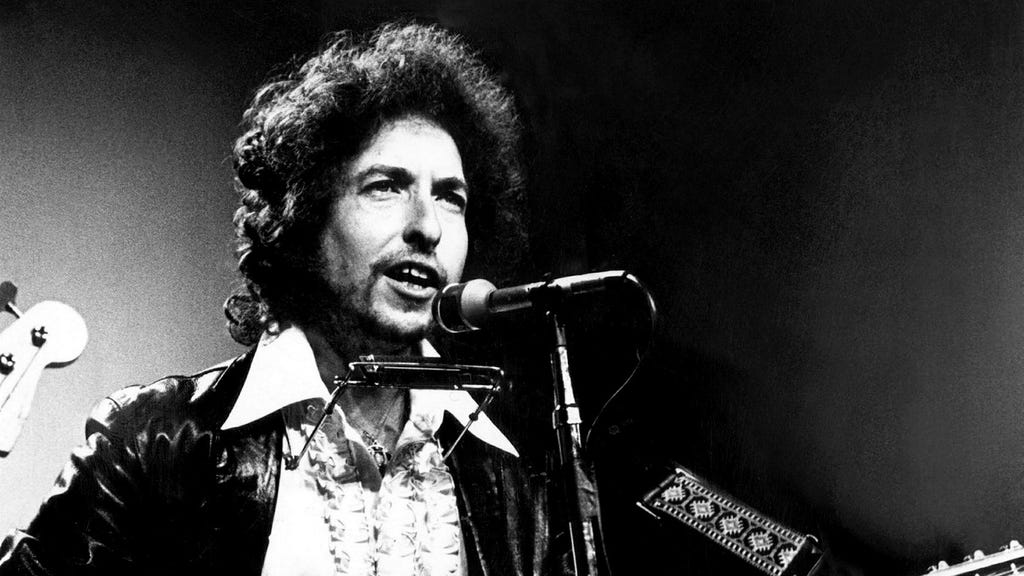Bob Dylan’s 1970 double album ”Self Portrait” was met with widespread criticism, exemplified by Greil Marcus’s scathing review in Rolling Stone. The subsequent albums, ”New Morning” and ”Greatest Hits Volume II,” did little to quell the growing concern that Dylan’s creative well had run dry. This period, stretching to around 1974, marked a perceived decline in his musical output, contrasting sharply with the prolific and groundbreaking work he produced in the 1960s. Ironically, while professionally perceived as a fallow period, this era represented a period of personal contentment for Dylan. He retreated from the public eye, embracing family life in Woodstock, New York, and abstaining from the excesses that had previously characterized his lifestyle.
This period of domestic tranquility, however, seemed to stifle Dylan’s artistic output. As Andy Gill and Kevin Odegard observe in their book ”A Simple Twist of Fate,” the albums produced during Dylan’s retreat were largely subpar compared to his earlier work. The suggestion is that the very angst and turmoil often associated with creative genius had been temporarily muted by Dylan’s newfound domestic bliss. This apparent creative drought ended with the disintegration of his marriage. Rumors of infidelity swirled, and Dylan’s public appearances, including a benefit concert for Chile in 1974, revealed a return to old habits. As Howard Sounes notes in his Dylan biography ”Down the Highway,” Dylan had resumed smoking, a sign that all was not well.
This personal upheaval proved to be the catalyst for a resurgence of Dylan’s creative powers. He channeled his emotional turmoil into the creation of ”Blood on the Tracks,” an album recorded in the summer of 1974 at his farm outside Minneapolis. The songs on the album explore the complexities of love, particularly its darker aspects, with ”Simple Twist of Fate” serving as a prime example. The song’s narrative of a fleeting romance, its bittersweet ending accentuated by Dylan’s evocative lyrics, resonates as a poignant depiction of lost love. Amanda Bergman, a noted Swedish musician, praises the song’s masterful storytelling, highlighting its subtlety and grandeur as uniquely Dylanesque.
Bergman, a lifelong Dylan fan, speaks about the formative influence his music had on her, recalling childhood vacations soundtracked by his cassettes. She connects with the narrative power of his lyrics and his ability to convey stories with understated emotion. She describes moments of profound connection with his music, comparing its impact to that of religious experience. For Bergman, ”Blood on the Tracks,” and particularly the early “New York Sessions,” holds a special significance. These raw, intimate recordings, predating the album’s official release, offer a glimpse into the creative process and a sense of shared intimacy with the artist. She describes the intense feeling of these sessions as providing a glimpse into a core, universal truth.
The official release of ”Blood on the Tracks” in January 1975 was a watershed moment in Dylan’s career. It became his best-selling studio album, solidifying his status as a generational songwriter. Though often labeled a “divorce album,” reflecting the perceived autobiographical nature of the songs inspired by his separation from Sara Lownds, Dylan himself denies this interpretation. Regardless of their origin, the songs resonated deeply with listeners, many of whom saw their own experiences mirrored in his lyrics. Later albums dealing with similar themes, such as Fleetwood Mac’s ”Rumours” and Bruce Springsteen’s ”Tunnel of Love,” can be seen as successors to Dylan’s melancholic masterpiece.
Despite the widespread assumption of the album’s autobiographical nature, Dylan has consistently refuted this reading, claiming inspiration from Anton Chekhov’s short stories instead. Author and Dylan enthusiast Sigge Eklund supports this view, arguing that the narrative surrounding the album’s connection to Dylan’s divorce, while commercially advantageous, obscures the true meaning of the songs. He emphasizes the enduring mystery of Dylan’s lyrics, their meaning remaining elusive despite attempts to decipher them. Eklund highlights the unique, almost confrontational intimacy of Dylan’s songwriting, particularly in ”Tangled Up in Blue,” where the listener feels directly addressed by the singer, left to ponder the weight of his words. This elusive quality, coupled with the raw emotionality of the music, is central to the enduring power of ”Blood on the Tracks,” an album that continues to resonate with listeners decades after its release.














